May 17, 2025 | 00:10 GMT +7
May 17, 2025 | 00:10 GMT +7
Hotline: 0913.378.918
May 17, 2025 | 00:10 GMT +7
Hotline: 0913.378.918
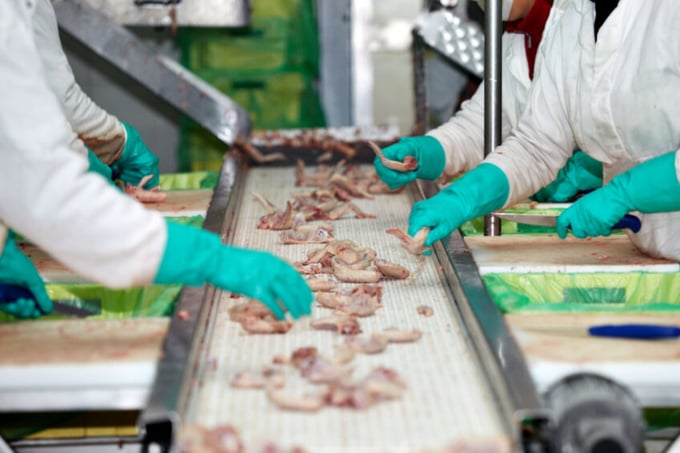
After some decline in recent years, EU poultry exports are expected to regain some momentum in the coming years. Photo: Canva.
Changing consumption patterns mean that EU poultry production is projected to increase by 0.5% per year between the 2022-4 average and 2023-5. This translates into an increase in annual per capital consumption from 24.2kg to 25.8kg, according to a report by the European Commission.
The changing patterns and growing export opportunities mean that EU poultry production is set to grow by 770,000 tonnes between now and 2035 (a 0.5% per year rise per year to 2035).
The strong conditions are tempered by the stricter environmental framework and a shift to less intensive production systems which will mean that production expansion will also be possible in certain areas in the EU.
Unlike avian influenza outbreaks in past year, the incidence of highly pathogenic avian influenza is expected to extend over the whole year rather than being a seasonal event and will challenge the poultry sector, especially the free-range sector, in the next decade.
EU poultry trade
The study says that after some decline in recent years, EU poultry exports are expected to regain some momentum in the coming years. In line with increased production, exports will rise by 0.8% per year between the last 3-year average and 2035, reaching a level of more than 2 million tonnes.
Strong export markets to the UK and Sub-Saharan Africa will continue, along with some Asian nations. The EU is expecting rising demand for foodservice supply and food processing from poultry imports.
In addition, the duty-free, quota-free agreement with Ukraine, which is valid until June 2025, has led to a significant rise in imports. By 2035, imports are likely to have increased by 0.9% per year to a level of 904,000 tonnes.
Poultry prices
EU poultry prices are likely to decrease slightly when the current inflationary context stabilises, but will then rise to around €2,730/t by 2035, mainly due to sustained demand in the EU and price developments at a global level.
The price-gap whereby higher production prices in the EU confront lower global prices is set to continue and will make competition in export markets a challenge.
(PW)
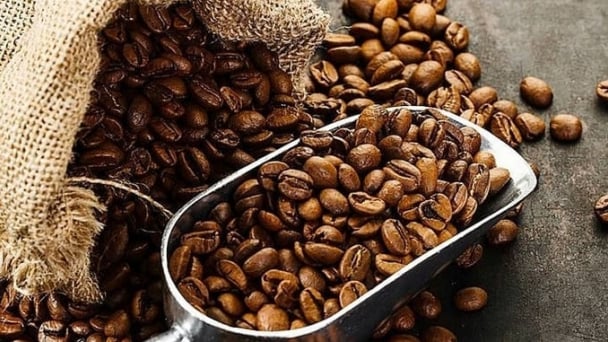
(VAN) Coffee prices on May 15, 2025, fell sharply by VND 2,500, trading at VND 125,700 – 126,200/kg. Global coffee prices also dropped significantly by 3%.
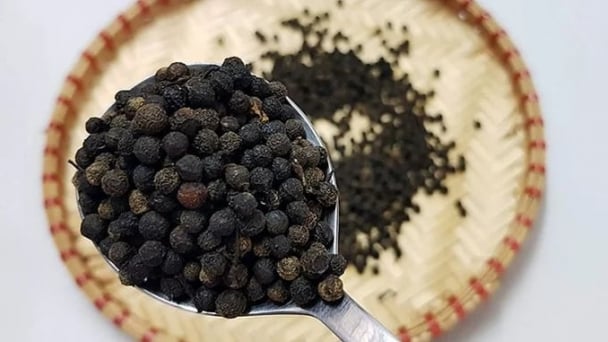
(VAN) Pepper prices on May 15, 2025, remain unchanged domestically, trading at VND 151,000 – 152,000/kg. Meanwhile, global pepper prices show mixed movements.
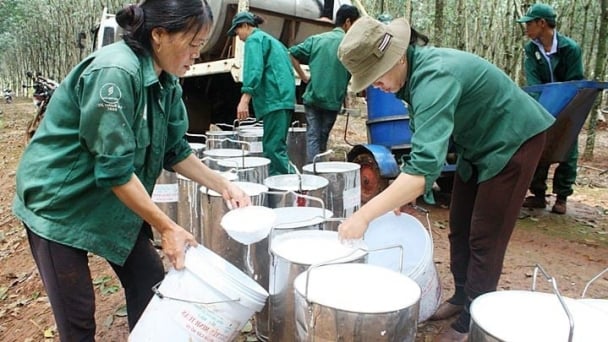
(VAN) Rubber prices on May 15, 2025, rise across global markets. Meanwhile, domestic latex prices remain steady, ranging from VND 397 to VND 462/TSC.
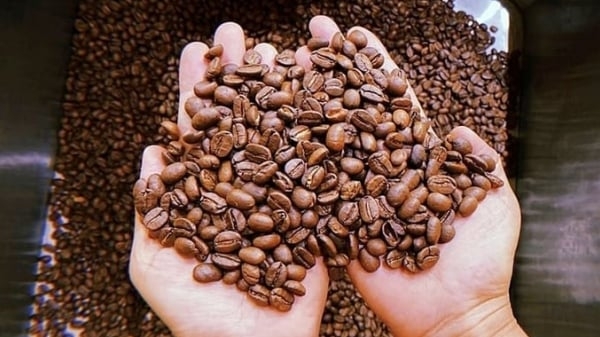
(VAN) Coffee prices on May 13, 2025 decreased by VND 1,200, trading around VND 125,500 – 126,000/kg. Global coffee prices also fell sharply.
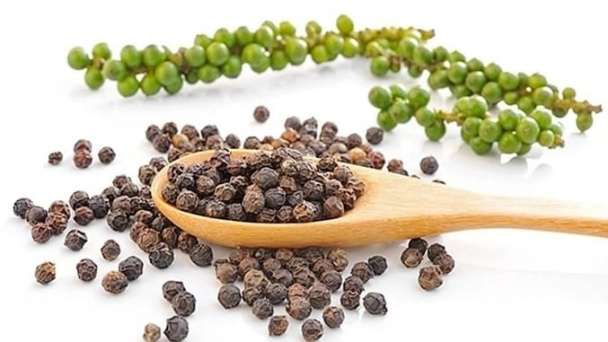
(VAN) Pepper prices on May 12, 2025 in the domestic market are hovering around VND 151,000 - 152,000/kg, while global pepper prices also remain flat.
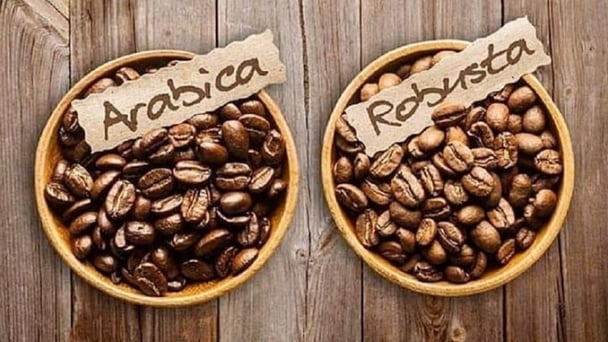
(VAN) Coffee prices on May 12, 2025, continue to trade around the range of VND 128,000 – 128,200/kg. Meanwhile, global coffee prices remain stable.

(VAN) Rubber prices on May 12, 2025, increase slightly globally. Latex purchasing prices in Vietnam remained steady, ranging from VND 397 to VND 462/TSC.